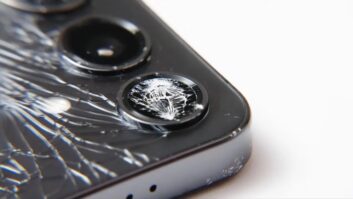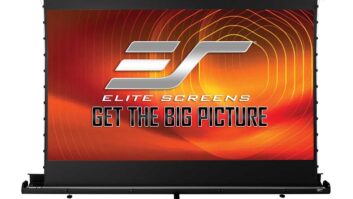COLUMBIA, MD. -The first phase of testing of a unified terrestrial digital audio radio (DAR) standard was expected to get under way by early December, raising the possibility that some stations could begin digital broadcasting late in 2001 or in early 2002.
Commercial receivers aren’t expected to be available until sometime in 2002, but stations could use prototypes before then to promote digital radio at public events, said David Salemi, marketing VP of iBiquity, the standard’s developer. FCC approval of a unified standard could come in the second half of 2001, he said.
The unified standard will combine elements of the USA Digital Radio (USADR) standard and an incompatible format previously proposed by Lucent.
The unified standard uses IBOC (in-band, on-channel) technology to let AM and FM stations use their existing transmitters, antennas and dial positions to deliver digital programs. It will also let broadcasters simultaneously deliver analog and digital broadcasts on their assigned frequencies to ensure that consumers’ existing radios don’t become obsolete overnight.
The iBiquity solution also gives broadcasters the option to blend an analog program with its digital counterpart to prevent the “cliff effect,” or abrupt digital dropouts, when a receiver encounters harsh reception conditions, such as when a consumer’s car enters a fringe reception area.
The National Radio Systems Committee (NRSC) has selected the Advanced Television Technology Center, which tested digital TV standards, to conduct lab and field tests of the iBiquity-proposed standard according to NRSC-developed procedures.
Testing will occur in two parts. The first part, expected to conclude in the first quarter of 2001, will assess the ability of iBiquity’s modem technology to withstand harsh signal conditions and determine the compatibility of the digital signal with a station’s analog signal. The modem technology was originally part of USADR’s proposed standard.
The second part is targeted by iBiquity to begin later but still within the first quarter and conclude late in the first quarter. That test will evaluate the integration of the PAC codec (part of Lucent’s original standard) with USADR’s modem technology to determine whether PAC will affect robustness and compatibility with analog broadcasts.
iBiquity expects to complete the integration of the two technologies early in 2001.
“There’s no need to wait for PAC integration to start all the tests on the proposed standard’s modem technology, which modulates and demodulates the carrier and determines robustness,” Salemi said.
Despite the time it takes to unify the two standards, unification will nonetheless prevent more serious market-introduction delays that could have resulted from comparison tests of incompatible standards, iBiquity and NAB said.
“Unification could cut years off rulemaking,” said Salemi. “If [NRSC] tests [of competing standards] were challenged, it could have tied us up for years. After the tests, the FCC might even have told us to come together in a grand alliance,” further delaying implementation.
Although unification was intended to prevent unanticipated delays, it has by necessity pushed back USADR’s pre-unification timetable.
Before the summer unification announcement, USADR said it expected NRSC comparison tests of the USADR and Lucent technologies to end in fall 2000 and for a final FCC rulemaking to occur by the end of 2000, when USADR expected the FCC to choose one of the two standards. iBiquity’s current timetable, therefore, is at least about six months behind USADR’s pre-unification timetable.
iBiquity IBOC DAR System
Source: iBiquity, Columbia, Md.
cTWICE 2000













